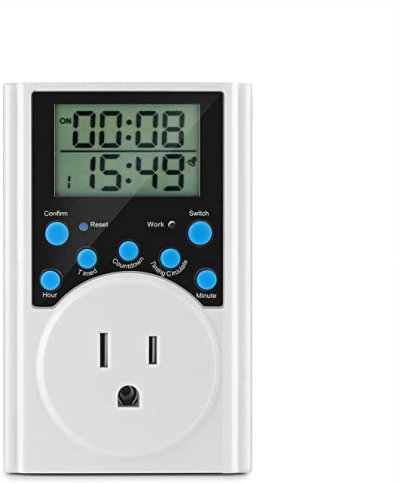*disregard... this is the same thread you posted already...
Read through this thread. It discusses some of the problems with check valves...
Thread 'Sump return check valve?' https://www.reef2reef.com/threads/sump-return-check-valve.249871/
Read through this thread. It discusses some of the problems with check valves...
Thread 'Sump return check valve?' https://www.reef2reef.com/threads/sump-return-check-valve.249871/




















